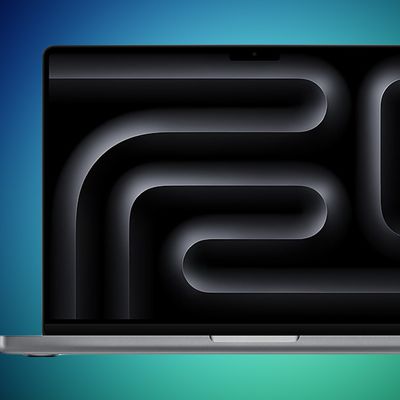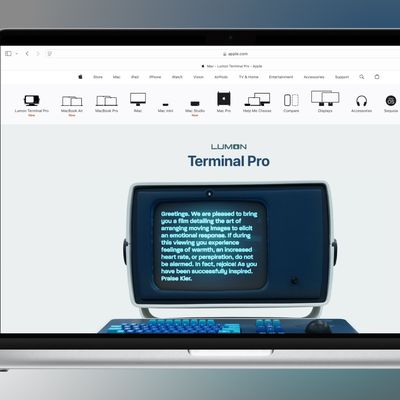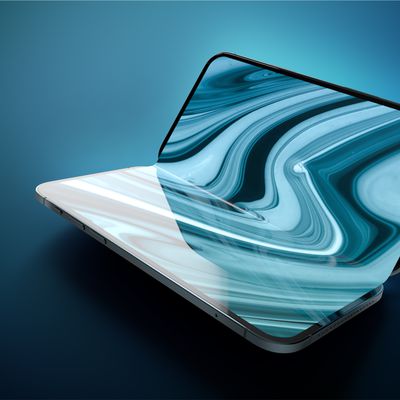After a weekend of testing, Engadget and The Verge have posted longer pieces on their Mac Pro review units, with mixed results.
As The Verge repeatedly notes, the new Mac Pro really only shines when used with software specifically optimized for its dual-GPU setup. At the moment, Final Cut Pro X is the best demonstration of the Mac Pro's prowess -- when using other software, the Mac Pro is only modestly faster than a new-vintage iMac, though, as Engadget points out, that should change soon.
Without belaboring the point, this brings me to one of my few concerns about the Mac Pro, which is that right now, at least, most programs won't fully harness its graphics capabilities. One of the reasons I spent so much time in Final Cut Pro is that it's one of the few programs designed specifically to run well on a new Mac Pro. It reminds me a bit of how Retina display MacBook Pros were initially short on compatible software. If that analogy holds true, we should see more apps retooled to play nice with the Mac Pro's dual-GPU setup. Just be prepared for some slim pickings if you buy one this week.
When the Mac Pro is running optimized software, however, performance is impressive. Engadget found similar results to those from Friday, reporting that 4K clips could render and display more than a dozen filters in real-time, and that the machine can play back as many as 16 4K streams simultaneously. File transfers are incredibly fast, and most apps launch immediately.
Perhaps the most immediately noticeable change is to the Mac Pro's design. The Verge noted that the location of the Pro's ports -- on the back of the device -- can make connecting and disconnecting plugs a pain, while also grumbling about the lack of an SD card slot. Engadget wasn't perturbed by the lack of a card slot, noting that the professionals that will likely purchase the device use a wide variety of storage cards so including a slot for just one of those formats would be rather arbitrary.
Engadget notes that the Mac Pro can get a bit warm -- unsurprising given the amount of horsepower under the hood -- but it doesn't get particularly hot.
For lack of a better word, you'd have to provoke the machine to really be bothered by the heat: The warmest area is at the top of the chassis, and even then, you'd have to be sticking your hand near the vents to feel it. Otherwise, the chassis does get a tad warm -- and can take a while to cool down -- but it's much cooler than the air blowing out of the top. Avoid sticking your fist into the opening at the top and you'll be fine. As for noise, I tried hard to get the fans spinning, but they stayed quiet. Actually, if you put your ear up to the opening at the top, you will hear a faint purring, but again, you'd have to be the sort of wise guy willing to put your ear next to the hottest part of the machine (not recommended).
While Engadget is largely impressed with the new device, The Verge uses Adobe Premiere for its video editing and found very slight performance improvements because Adobe has not yet updated its software to take advantage of the Mac Pro's dual-GPUs. In fact, Premiere puts most of its processing on the Mac Pro's CPUs, the tower's weakest performance datapoint.
When Adobe -- and other performance-focused applications -- are inevitably upgraded to take advantage of the Pro, it's likely the performance improvements will shine like they do with Final Cut Pro X. Until then, however, the Mac Pro is mostly an incredibly well-designed, and fast, Mac. With new Mac Pro orders currently delayed until at least February, perhaps it will give developers time to upgrade their software.






















